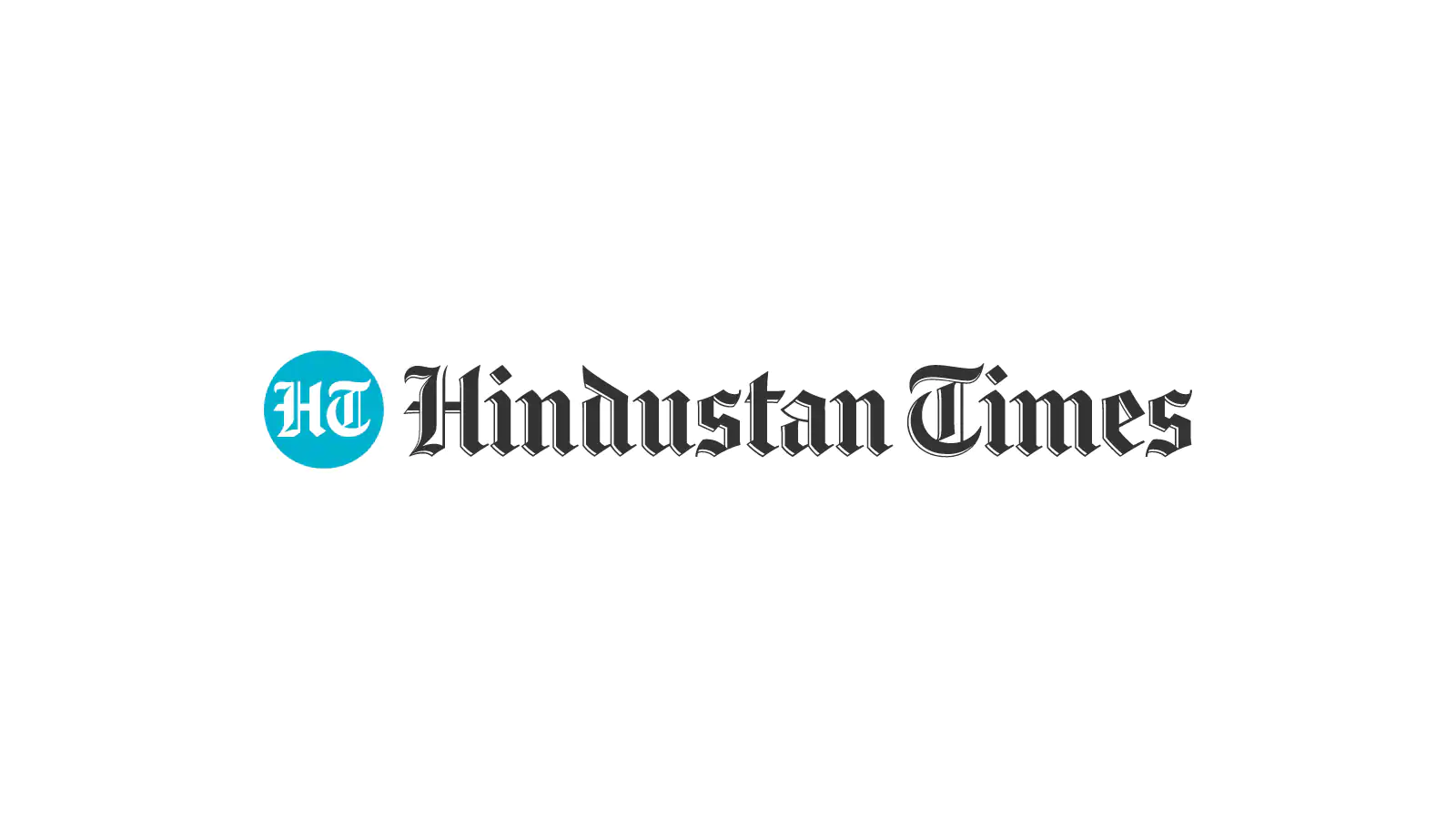[ad_1]
The Monetary Policy Committee (MPC) of Reserve Bank of India announced an unscheduled hike of 40 and 50 basis points – one basis point is one hundredth of a percentage point – in policy rate and the Cash Reserve Ratio (CRR) respectively in a move to contain raging inflation. The hike, the first in 45 months, comes a month before RBI’s next scheduled meeting on June 6, surprised both markets and experts, and will increase most consumer loan rates, including on mortgages.
Announcing MPC’s decision at an unscheduled press conference on May 4, RBI governor Shaktikanta Das justified the action on account of increased risks to inflation compared to the MPC’s April assessment. To be sure, Das reiterated that monetary policy stance continues to be accommodative, which according to experts refers to the fact that real policy rate (after adjusting for inflation) continues to be negative. Still, conventional monetary theory will find it reconcile higher interest rates with an accommodative stance.
While the MPC resolution released on May 4 does not give actual projections for growth or inflation numbers, it has noted “significant upside risks to the inflation trajectory set out in the April statement of the MPC” while saying that “it is prudent to continuously monitor the balance of risks” to growth even though “the Indian economy appears capable of weathering the deterioration in geopolitical conditions”.
The MPC’s decision to increase the policy rate to 4.4% is the first rate hike by the central bank since August 2018 when it was increased from 6.25% to 6.5%. The repo rate (at which RBI lends to banks) saw a sharp reduction after the Covid-19 pandemic hit the world. It was first reduced to 4.4% from 5.15% in March 2020 and then reduced further to 4% in May 2020. In addition to the hike in repo rate, which is also referred to as the policy rate, RBI has also decided to increase the CRR to 4.5%. CRR is the minimum share of deposits which banks have to keep with the RBI and therefore an increase in this ratio has the effect of sucking liquidity from the market. The current hike in CRR is expected to draw around ₹90,000 crore of liquidity from the market.
RBI’s latest unscheduled action comes in the backdrop of a higher than expected inflation number in March and expectations of it increasing further in the month of April. India’s benchmark inflation rate, as measured by the Consumer Price Index (CPI) was 6.95% in March , higher than a Bloomberg poll based forecast of 6.4%. A research note by Pranjul Bhandari, Chief India Economist at HSBC, said that CPI growth in April is expected to be around 7.5%. Bhandari’s note projected a CPI growth of 6.8% in 2022-23, significantly higher than the April MPC forecast of 5.8%. Bhandari’s estimate is also higher than the upper limit of RBI’s tolerance band of 6%.
The fact that the decision was announced hours before the meeting of the US Federal Reserve, which also raised interest rates by a half percentage point, its largest hike since 2000, and shrunk its $9 trillion balance sheet at the same time, also suggests that the MPC wanted to be seen as taking a proactive rather than reactive approach to fighting inflation. “The front-loaded out-of-turn rate hike only strengthened the view that urgency from the MPC end has only increased with inflation uncertainties and with urgent need to do policy catch up”, Madhavi Arora Lead Economist, Emkay Global Financial Services, said in a note.
The latest interest rate hike is expected to increase the cost of servicing loans for both consumers and producers. “Though RBI’s step is considered to address the inflationary pressure, 40 bps hike in the repo rate and 50 bps hike in Cash Reserve Ratio (CRR) will hurt the consumer and business sentiments”, Pradeep Multani, President, PHD Chamber of Commerce and Industry said in a statement.
Experts believe that more such hikes might be coming. “We continue to expect a 25bp repo rate hike in the upcoming June meeting, and the repo rate at 5.15% by end-2022. We believe the terminal repo rate in this cycle will be 5.5% by mid-2023 implying that 110bp of repo rate hikes remain. This will leave the repo rate somewhat higher than 5.15%, where it was on the eve of the pandemic”, Bhandari said in her note.
Hours after RBI’s announcement, chief economic adviser V Anantha Nageswaran said it is a “challenging year for policymakers” because of several uncertainties such as the pandemic, ongoing war in Ukraine and global supply chain disruptions. “May be in 2031 we might look back and say how difficult the decade it was,” he said while speaking at a seminar — Navigating Policy Trade-Offs and Mitigating Output Losses in Asia – organised by The Centre for Social and Economic Progress (CSEP) on the current edition of International Monetary Fund’s (IMF) Asian Regional Economic Outlook.
He said India’s growth is expected to remain somewhere between IMF’s forecast of 8.2% and RBI’s estimate of 7.2%. Citing a discussion with a rating agency that predicts 8.5% growth rate for India in 2022-23, he said: “So, reality may, infect pan out to be somewhere this range…” He, however, pointed at uncertainties on prices of crude oil, fertiliser and food prices due to the Ukraine war that would guide policy response in the near future.
The NSE Nifty 50 index fell 2.29% to 16,677.60, while the S&P BSE Sensex dropped 2.29% to 55,669.03, with both indexes posting their biggest intraday percentage loss since March 7.
India’s 10-year benchmark bond yield jumped to 7.41%, its highest level since May 2019, after the policy decision, while the rupee strengthened against the dollar to 76.26.
[ad_2]
Source link

